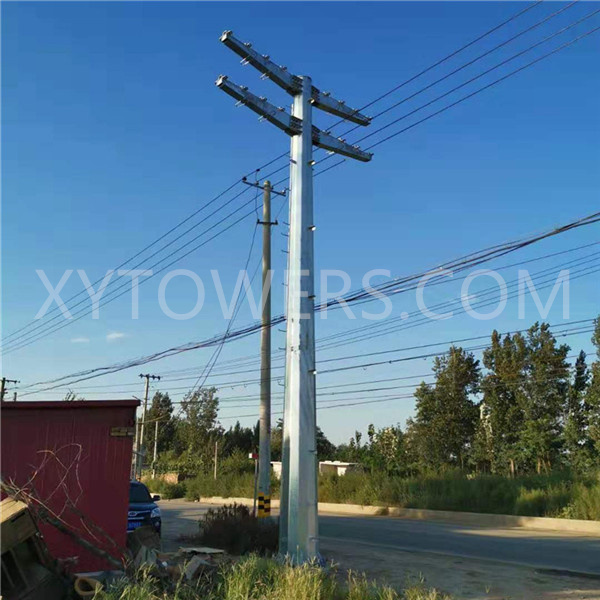A monopole circuit is a crucial component of the electrical transmission infrastructure, playing a significant role in the efficient and reliable distribution of power. Monopole circuits are utilized in various voltage levels, including 330kV, 220kV, 132kV, and 33kV, and are essential for the seamless transmission of electricity across vast distances.
One of the key elements of a monopole circuit is the monopole tower, which serves as a support structure for the transmission lines. These towers are typically constructed using steel, ensuring durability and resilience against environmental factors. The design of a monopole tower is characterized by its single vertical support structure, which distinguishes it from other types of transmission towers.
In the context of electric transmission, the 330kV electric monopole is a high-voltage system that is employed for long-distance power transmission. This system is designed to handle large electrical loads and is crucial for supplying electricity to urban centers and industrial areas. The 220kV transmission monopole is another vital component of the electrical grid, facilitating the efficient transfer of power across regional networks.
The 132kV single circuit monopole and the 33kV monopole are utilized for medium and low-voltage transmission, catering to the energy needs of residential and commercial areas. These circuits play a pivotal role in ensuring a steady and reliable power supply to local communities.
The monopole transmission line tower is a versatile structure that can be adapted to various voltage requirements, making it a highly adaptable solution for different transmission scenarios. Its streamlined design and efficient use of space make it a preferred choice for urban and suburban environments where land availability may be limited.
The construction and installation of monopole circuits require meticulous planning and engineering expertise to ensure their structural integrity and operational efficiency. Factors such as load-bearing capacity, wind resistance, and environmental impact are carefully considered during the design and implementation of these circuits.
In addition to their functional aspects, monopole circuits also contribute to the visual aesthetics of the landscape, especially in areas where traditional lattice towers may not be suitable. The sleek and modern design of monopole towers allows for a more harmonious integration with the surrounding environment, making them a preferred choice in certain settings.
Overall, monopole circuits are an integral part of the electrical transmission infrastructure, playing a crucial role in the efficient and reliable distribution of power across different voltage levels. Their versatility, durability, and visual appeal make them a preferred choice for various transmission applications, ensuring the seamless delivery of electricity to meet the energy needs of communities and industries.
Post time: Sep-05-2024






